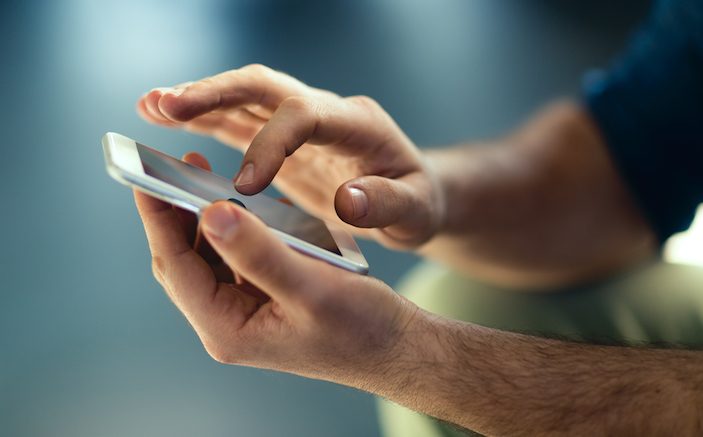Opioid overdose? Soon there could be an app for that, thanks to a tech competition hosted by the FDA, only the second of its kind.
An initiative created by the FDA in September is calling for the creation of an app that will connect people overdosing on opioids with the nearest dose of naloxone. The challenge – a competition issued to public health officials, computer programmers and tech entrepreneurs – will be to create a simple app that can bring together people with a naloxone prescription with the emergency workers who need them to save lives.
In 2014, the most recent CDC data available, opioids were responsible for 28,647 overdose deaths. That accounts for 61% of all drug overdose deaths that year. According to FDA Commissioner Robert M. Califf, MD, these high numbers were a major reason this initiative got underway.
“With a dramatic increase in the number of opioid overdose deaths in the U.S., there’s a vital need to harness the power of new technologies to quickly and effectively link individuals experiencing an overdose – or a bystander such as a friend or family member – with someone who carries and can administer the life-saving medication,” said Califf. “Through this competition, we are tapping public health-focused innovators to help bring technological solutions to a real-world problem that is costing the U.S. thousands of lives each year.”
The contest was launched under a 2010 law that allows federal agencies to conduct prize competitions to spur innovation and solve tough problems. This is only the second time the FDA has held a prize competition to help solve a pressing public health need. In the first, the winning entrant received $500,000 and developed a means of rapidly identifying salmonella bacteria in fresh produce — a technology FDA field labs across the nation have begun to use.
Submissions will be assessed for innovation, usability, functionality and adaptability by a panel of judges from the FDA, the National Institute on Drug Abuse and the Substance Abuse and Mental Health Services Administration. The highest-scoring entrant will receive an award of $40,000. Plus, all entrants may apply for Small Business Innovation Research grants from the National Institute of Drug Abuse (NIDA) after the competition is over to develop the idea further and measure its real impact.
The initiative led to “hack-a-thon” competitions across the country. At these events, dozens of programmers were encouraged to compete and collaborate with each other to quickly come up with a working application.
“The goal of this competition is to develop a low-cost, scalable, crowd-sourced mobile application that addresses this issue of accessibility,” said Peter Lurie, MD, MPH, associate commissioner for public health strategy and analysis at the FDA. The precedent for the market is clear. “Mobile phone applications have been developed to educate laypersons on how to recognize an overdose and administer naloxone, and to connect bystanders with individuals in need of other medical services, such as CPR,” said Lurie. “To date, however, no application is available to connect carriers of naloxone with nearby opioid overdose victims.”
“I think the app challenge is a clever idea and a well-intentioned attempt to identify creative, effective new ways to help Americans at risk of dying,” said Nicholas Genes, MD, PhD, chair-elect of the ACEP Informatics Section. “I’m also glad Naloxone is increasingly available without prescription in many states. I’m enthusiastic about the app and widespread availability of naloxone.”
With all of its potential, the application does bring up a latent concern regarding naloxone among emergency physicians. Namely, who should get a prescription, and why. Many physicians speak of a tension between providing a life-saving reversal agent and creating dependency for addicted individuals. Will the widespread availability of naloxone create more addicts who are less afraid of overdose?
“I am worried about the expectation that EPs prescribe naloxone alongside opioid prescriptions,” said Dr. Genes. “If the risk of overdose or adverse event is high enough, (the) prescription probably shouldn’t be written in the first place. If a patient has a bad outcome despite the administration of a friend or stranger’s naloxone by an emergency worker, liability becomes an issue.”
Despite the potential difficulties, Genes is optimistic. “Apps and services that can bring trained, equipped health care workers to where they’re needed is a promising model,” said Genes.




1 Comment
الجامعة المعترف بها في الامارات